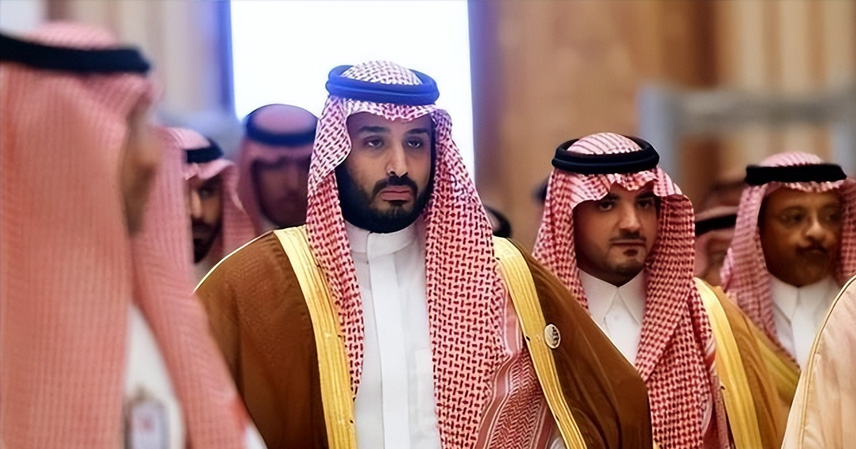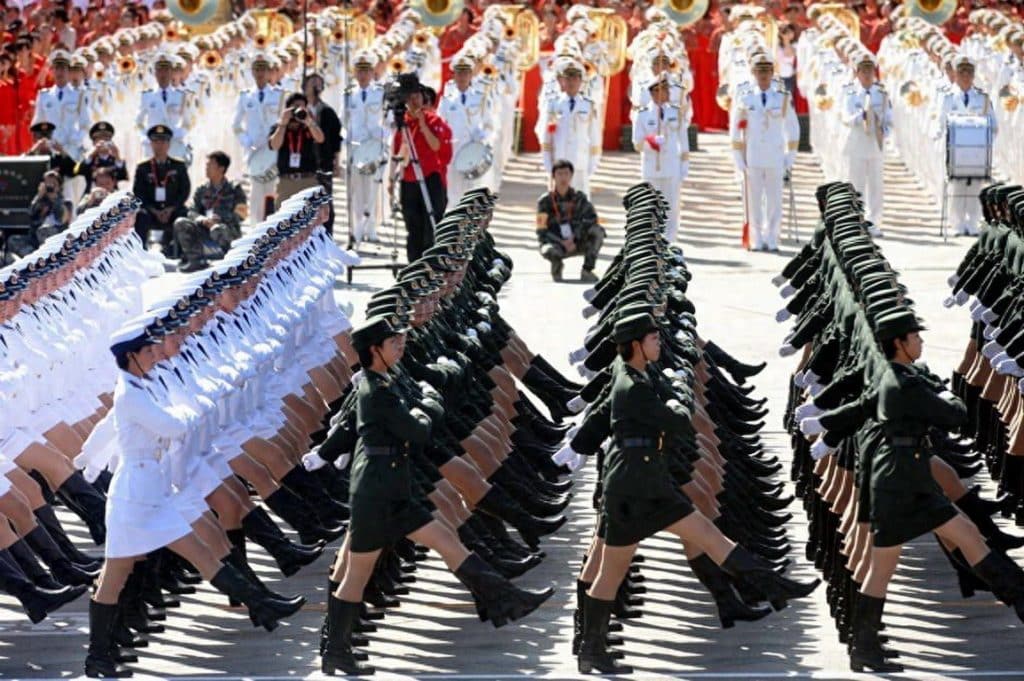On September 9, Israel launched an airstrike on Doha, Qatar, targeting Hamas leadership. The strike killed five mid-level officials but missed top commanders. What shocked many in the region was not only the attack itself, but the silence from the United States, whose massive Al Udeid Air Base sits just miles away. Despite being Qatar’s closest security partner, Washington neither intervened during the strike nor acted afterward—signaling to Gulf states that U.S. protection has clear limits.
For countries like Saudi Arabia, the lesson is sobering. Over the years, Riyadh has invested heavily in Chinese weapons, from the Wing Loong drone fleet to ballistic missiles, aiming to diversify suppliers and reduce reliance on Washington. Yet, as the Doha strike underscored, weapons alone do not guarantee security. What matters is a reliable alliance system—something Gulf states now realize they cannot buy off the shelf.
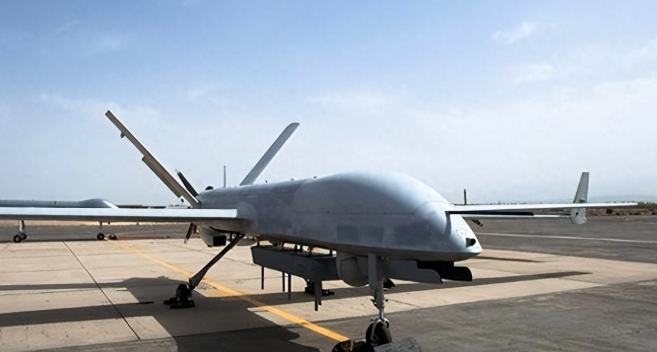
Saudi Arabia’s Growing but Limited Ties with China
Since 2017, Saudi Arabia has expanded arms deals with China, including a Wing Loong drone assembly agreement that has grown into a fleet of more than 300 Wing Loong II UAVs. Costing just a fraction of American drones, they are attractive for low price and no political strings attached. From 2023 to 2025, China became Saudi Arabia’s third-largest arms supplier, accounting for over 10% of imports, covering drones, missile technology, and laser defense systems.
Chinese equipment has proven effective in border operations against the Houthis, with after-sales teams even providing hands-on training to Saudi forces. But Chinese weapons are a supplement, not a replacement, for U.S. systems. Saudi Arabia’s defense backbone still relies on American F-15s, Patriot missiles, and decades of U.S.-built infrastructure. Interoperability remains a challenge—Chinese drones must be manually coordinated within U.S.-dominated command systems, introducing delays and risks.
Crucially, China does not offer security guarantees. It sells equipment but does not deploy troops or promise protection. By contrast, the U.S. maintains eight permanent bases in the region and over 40,000 personnel, providing intelligence, joint drills, and on-demand support. For Riyadh, this makes Washington irreplaceable despite frustrations.
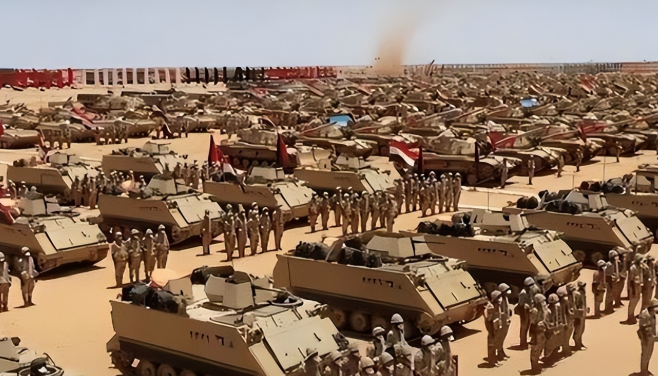
The Qatar Strike and Its Ripple Effects
The Doha incident revealed the fragility of America’s protective umbrella. Despite Qatar hosting one of the world’s largest U.S. bases, Washington stayed silent as Israel struck. U.S. officials expressed displeasure afterward, but offered no concrete response. This fueled anger across the Arab world, where leaders accused Washington of double standards.
The strike served as a wake-up call. Gulf states now see that U.S. intervention depends on political calculations, not automatic commitments. Even Saudi officials admitted privately that while the U.S. remains indispensable, the episode eroded trust in Washington’s reliability.
Neighboring states also took notice. Egypt, which purchases Chinese missile systems but relies heavily on U.S. F-16s and Apaches, saw its vulnerability. The UAE, fresh off large drone purchases from China in August 2025, now faces the same question: how much protection is truly guaranteed?
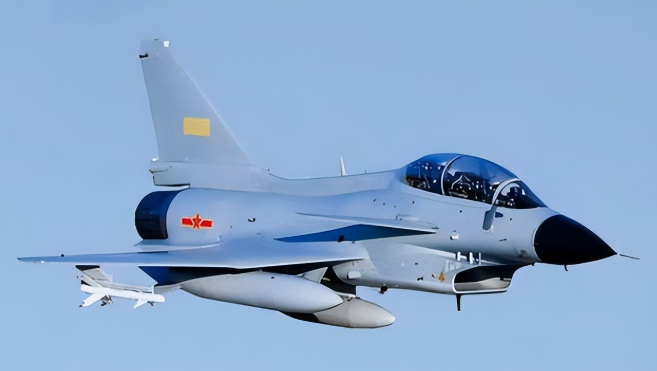
Regional Responses: Building Their Own Security Nets
The Qatar airstrike accelerated moves toward regional defense cooperation. On September 17, 2025, Saudi Arabia signed a defense pact with Pakistan, which explicitly defined third-party attacks as a shared threat. With Pakistan’s nuclear capability and reliance on Chinese systems, Riyadh effectively tied itself to an additional layer of deterrence.
Meanwhile, Arab states are discussing a joint missile defense network and intelligence-sharing platforms. Progress is slow, but momentum is real. Saudi Arabia is investing heavily in local defense production, including a drone factory launched in August 2025 with Chinese technology. By 2030, Riyadh hopes to produce half its defense equipment domestically.
Egypt is expanding its Chinese-supported missile maintenance centers, while Iran pushes ahead with indigenous missile programs despite sanctions. Across the region, the focus is shifting from buying foreign hardware to building sustainable systems.
China’s Role: A Supplier, Not a Protector
China has positioned itself as a cost-effective alternative for drones, missiles, and air defense. Its market share in Middle East arms imports, though still modest at 5.8% in 2024 (SIPRI), is growing quickly. But Beijing avoids entanglement: it sells equipment, offers technology transfers, and promotes local production—but refuses to provide military protection.
For Middle Eastern states, this is both a strength and a limitation. Chinese arms diversify supply lines and reduce reliance on Washington, but security guarantees still come from the U.S. This reality was highlighted by the Doha airstrike—China can sell weapons, but only the U.S. has the bases, troops, and networks to deter adversaries.
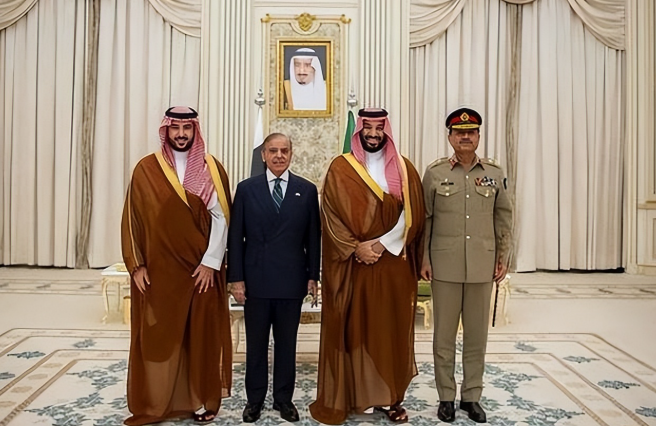
Outlook: Diversification as the New Normal
The future of Middle Eastern defense lies in diversification. U.S. exports still dominate—over 52% of the region’s arms imports between 2020 and 2024—but China, France, and Russia are all gaining ground. Saudi Arabia’s plan to achieve 50% defense self-sufficiency by 2030 underscores this shift.
Ultimately, Middle Eastern nations are learning not to “put all eggs in one basket.” U.S. bases remain vital, Chinese technology provides flexibility, and regional cooperation offers resilience. The Qatar incident was a stark reminder: weapons can be stockpiled, but without a reliable defense framework and trustworthy allies, they are little more than metal on display.

